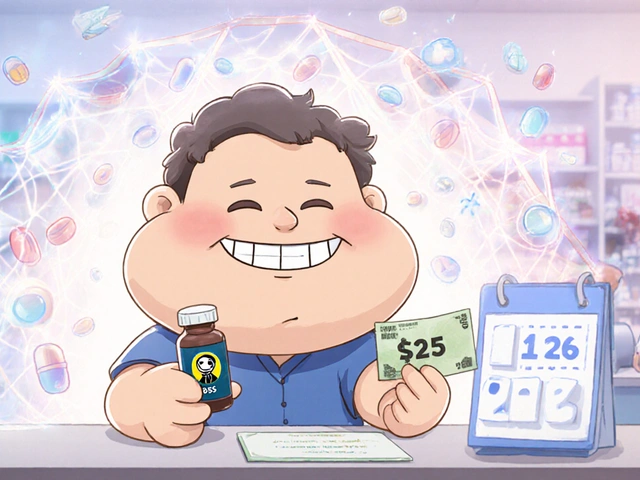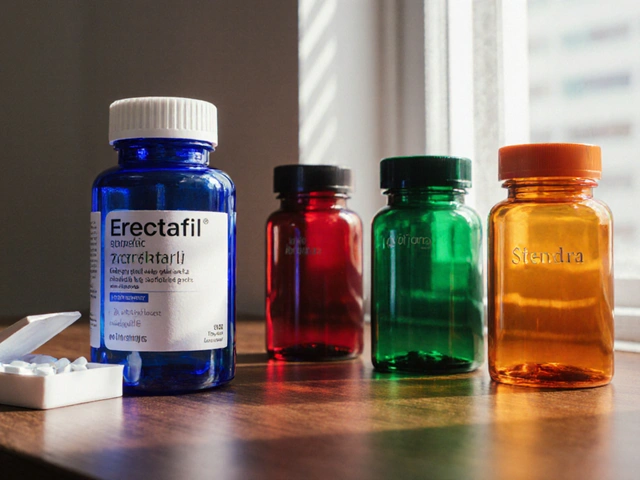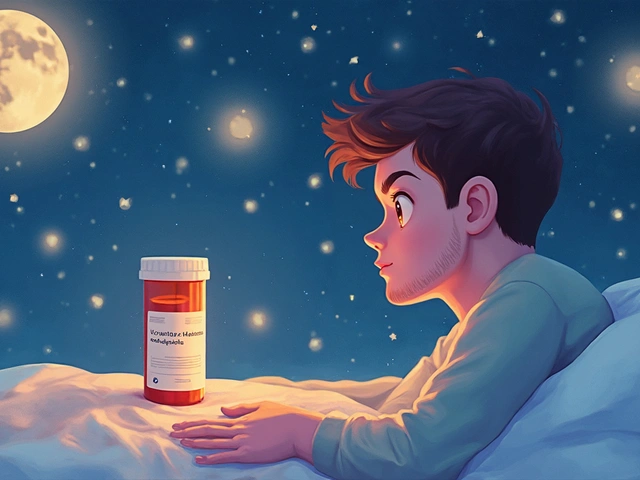Prescription Label: What You Need to Know About Safe Medication Use
When you pick up a prescription, the prescription label, the printed information on your medication bottle that tells you how, when, and why to take it. Also known as pharmacy label, it's not just a formality—it’s your personal safety guide. Most people glance at the name and dosage, then toss the label aside. But skipping the details can lead to serious mistakes: taking the wrong dose, mixing dangerous drugs, or storing pills where heat or moisture ruins them.
A prescription label doesn’t just list instructions—it connects to everything from drug storage to generic substitution. If your label says "Do Not Substitute," it’s not a suggestion—it’s a medical warning. That means the brand version is the only one proven safe for your condition, like with certain seizure or thyroid meds. Skipping that note to save money could backfire badly. And if your label warns about sunlight or refrigeration, ignoring it doesn’t just waste money—it makes your drug useless or even harmful. Temperature and humidity can break down pills faster than you think, and that’s why medication storage matters just as much as taking the right dose.
Pharmacists add extra notes to your prescription label for a reason. "Take with food" prevents stomach damage. "Avoid alcohol" stops dangerous interactions. "Shake well" ensures you get the full dose. These aren’t random rules—they’re based on how your body absorbs, metabolizes, or reacts to the drug. Women, for example, often react differently to meds than men, and some labels include special warnings for them. The same label that tells you to take two pills daily might also warn against driving, or note that it affects lab test results. Missing that could mean a false diagnosis or a car accident.
Every time you refill a prescription, the label changes. New generic? Different color? Smaller pills? That’s not an error—it’s just a different manufacturer. But if your label suddenly says "Do Not Substitute" and it didn’t before, ask why. Your doctor might have switched you to a brand that works better for your body. Or your pharmacy might be trying to cut costs, and you need to push back. The label is your proof. Keep it. Read it. Ask questions. You’re not being difficult—you’re protecting your health.
Below, you’ll find real stories and guides from people who’ve been there—why brand drugs sometimes can’t be swapped, how to read a label when you’re on multiple meds, what to do when your insurance blocks a refill, and how to store pills safely at home. No fluff. Just what you need to know to use your prescriptions right.
How to Confirm Pediatric Dosing on a Child’s Prescription Label

Learn how to confirm your child's medication dose by checking weight in kilograms, verifying milligrams (not milliliters), and asking key questions at the pharmacy. Prevent dangerous dosing errors with simple, proven steps.
read more



